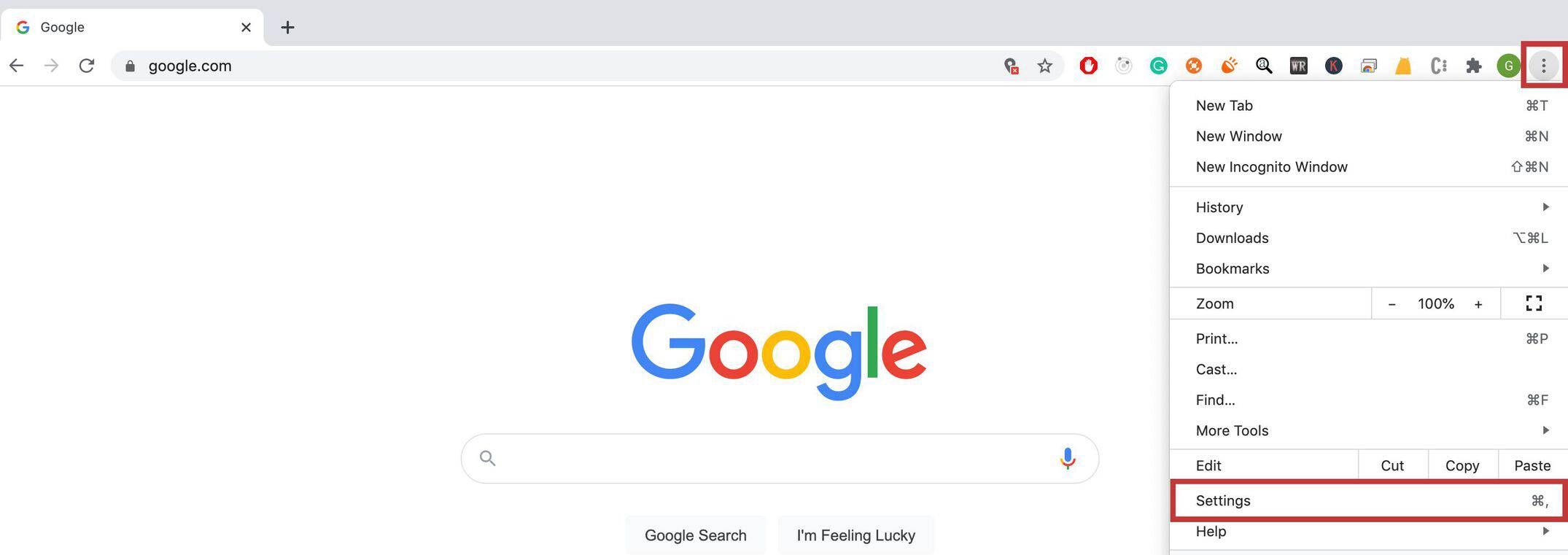

However, this doesn’t stop someone with physical access from just opening your browser to take a look at them. On-device encryption means that strong encryption (usually 265-bit AES) is used to make passwords saved on your computer or phone indecipherable without the correct master password.Īlthough it was once notorious for storing user passwords in plain text, Google Password Manager has actually been encrypting Chrome passwords since 2020, using an internal master key to ensure they’re secure when at rest on your devices. Google doesn’t specialise in password security.Google makes it easy to export and then delete all of your passwords via.


You should actively disable password saving when switching to another password management solution. Google Password Manager is included in all Google and Android accounts. Unfortunately, the opt-in feature hadn’t yet reached any of my test accounts by the time of this review, so I’ll provide an overview of forthcoming features alongside the current feature set available to me. Note that since 2021, the open source Chromium browser can no longer sync passwords with your Google account and requires no authentication to expose them to anyone with access to the browser.įollowing a a June 2022 update, Google has begun rolling out on-device encryption to some users. Google Password Manager exists as a web vault that can be synced to your Android phone and Chrome browsers, providing basic autofill and autosave functionality web passwords. Google has a password management solution, and that’s generally been about the best you can say for it – but changes are in progress. As of June 2022, Google is offering some users on-device encryption, associated with your Google account password Security Passwords are encrypted using AES-256, Google stores a key in your account.


 0 kommentar(er)
0 kommentar(er)
